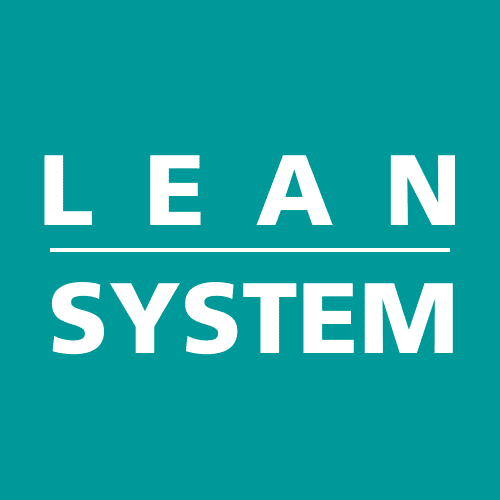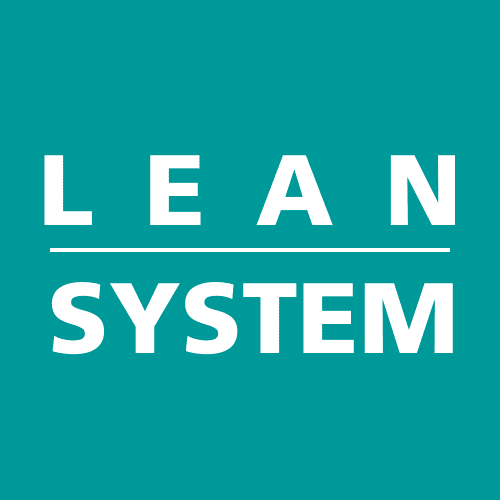Clause 10 of ISO 9001:2015, also known as "Improvement," focuses on enhancing the quality management system (QMS) of an organization. It demands organizations to identify opportunities for improvement and implement necessary changes in the system. It includes two subsections: 10.2 on non-conformity and corrective action, which requires organizations to take action to eliminate the cause of non-conformities in order to prevent recurrence; and 'Root cause analysis', which is a method used to identify the root cause of detected non-conformities.
Clause 10.1 - General
Clause 10.1 of ISO 9001:2015, known as "General," outlines the general expectation for organizations to determine and select opportunities for improvement and implement any necessary changes to the quality management system. This could be achieved through the use of quality policy, quality objectives, audit results, analysis of data, corrective actions, management review, and customer feedback.
Clause 10.2 - Non-conformity and Corrective Action
Clause 10.2 - Non-conformity and Corrective Action
Clause 10.2 of ISO 9001:2015, titled "Non-conformity and Corrective Action," mandates organizations to act and eliminate the cause of non-conformities with the aim of preventing their recurrence. This involves a systematic approach to investigate the non-conformities, reviewing and analyzing them. Based on these findings, corrective actions are taken to address the issue, ensuring it does not recur in the future.
Clause 10.2 - Continual Improvement
Clause 10.2 - Continual Improvement
Clause 10.3 of ISO 9001:2015, titled "Continual Improvement," emphasizes the need for organizations to continually improve the suitability, adequacy, and effectiveness of their quality management system. It encourages organizations to consider the results of analysis and evaluation, and the outputs from management review, to determine if there are needs or opportunities that should be addressed as a part of continual improvement.

